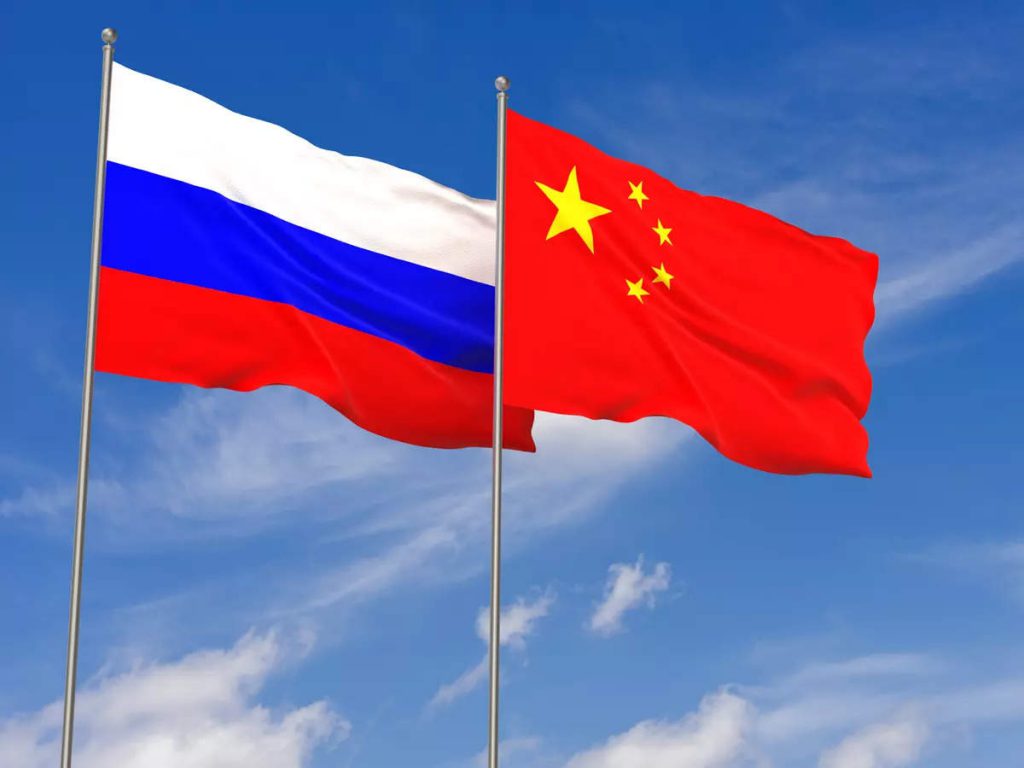Crude oil trade between Russia and China has reached record levels, reaching their highest point, defying US tariffs and sanctions. According to the latest data from the Chinese General Administration of Customs, oil trade between the two countries reached $19.14 billion. The majority of the cross-border transactions were carried out for oil in the Chinese yuan and not the US dollar. However, the amount marked a 2.8% decrease from a year earlier due to tougher and restrictive sanctions from the US.
The overall trade between Russia and China in 2025 reached $125 billion, with $19.14 billion being crude oil deals. The majority of the time, the Chinese yuan and the Russian ruble were used and not the US dollar. China is the top buyer of Russian oil as it’s available at a discount due to the US sanctions. The cheaper prices are what kept Russia’s economy afloat, as even India has massively procured oil for the past two years.
Also Read: Interest in the US Dollar Coming To An End
Chinese Yuan Challenging the US Dollar in Oil Trade


India not only brought oil at affordable prices, but it also saved $7 billion in foreign exchange rates by paying in local currencies. The development is what led to Trump imposing 50% tariffs on India, calling the move “anti-American”. China has aggressively pushed the Chinese yuan for payment settlements, undermining the global dominance of the US dollar. It also kick-started a drive to convince emerging economies to switch to local currencies to strengthen their GDPs.
Also Read: Should You Reduce Dollar Exposure? UBS Warns on Weak USD
At present, the drive worked as many countries started diversifying their central bank reserves in gold and the Chinese yuan. It gained the trust of many countries in Africa, Asia, and the Global South. The US dollar, which was once the de facto currency for everything, is being questioned while the Chinese yuan is been given free pass. If the Communist country continues its tirade against the greenback, the next decade will be much different.





